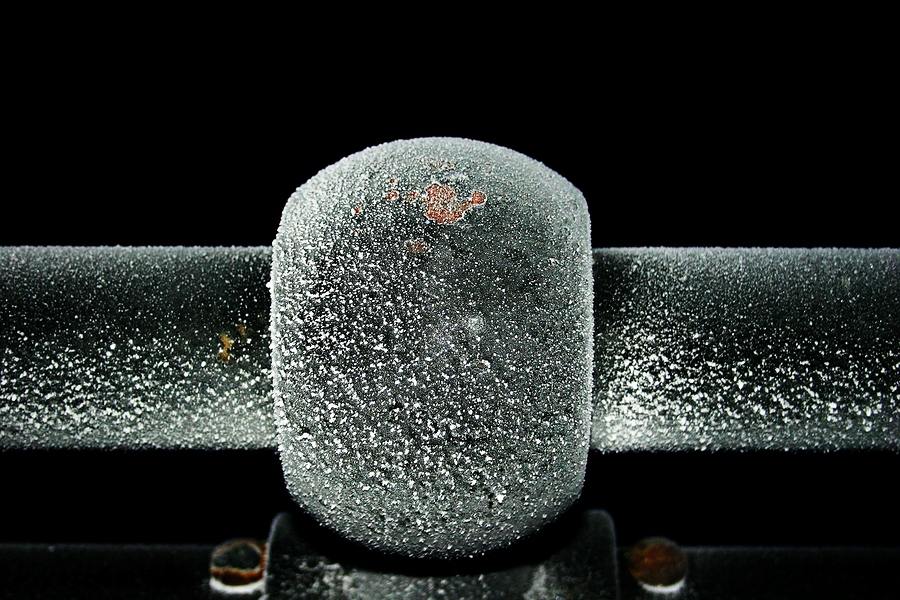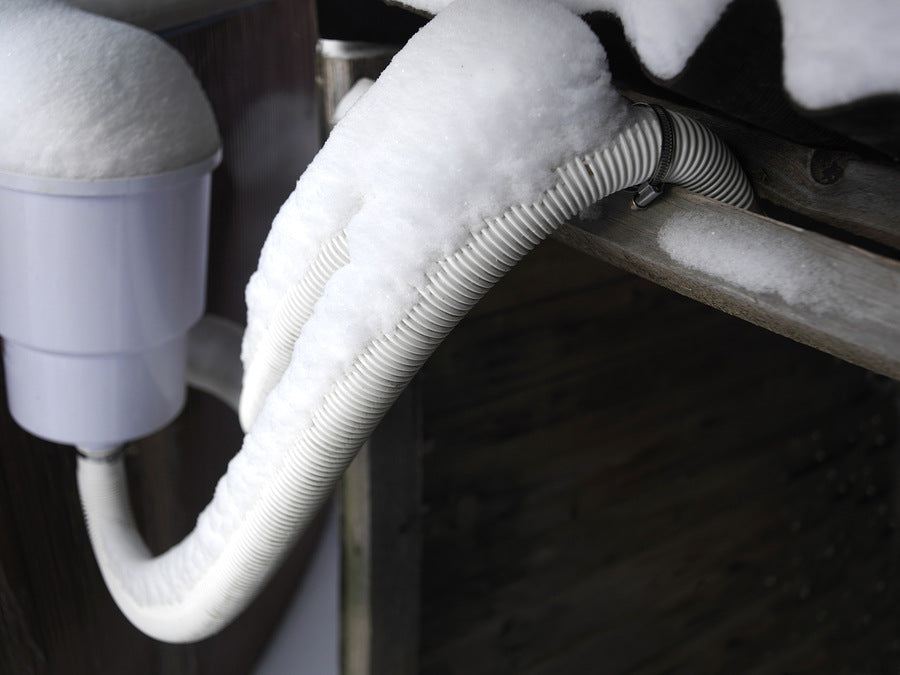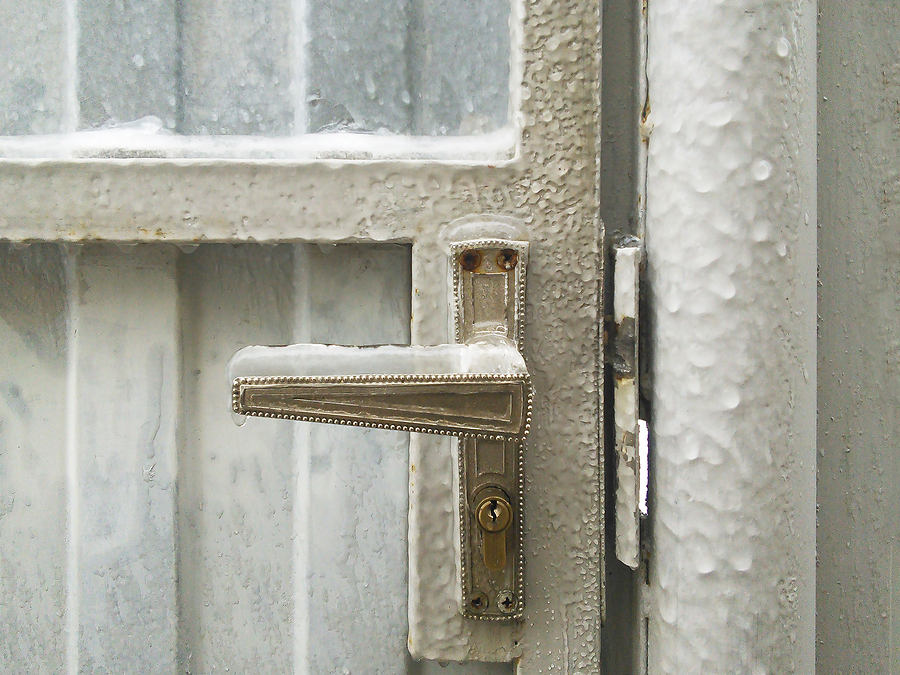“I can’t make it today, sorry.”
Such were the unfortunate words from my buddy. Our plan for a night of games and beers had been hijacked by frozen pipes at one of his rental properties. Being a landlord comes with a never-ending list of responsibilities, but my friend had yet to deal with this particular predicament. As fun as our night would have been, the thought of burst pipes spilling slush all over the basement made his decision easy.
Check Pipes When Weather Turns Cold
The occurrence wasn’t surprising since winter is especially brutal in Minnesota. Going outside for more than 30 seconds results in full numbing of the face and any other exposed skin. Taking out the dog involves more time layering than actual walking. Dogs simply do their business and flash an I’m-not-spending-any-more-time-out-here-than-necessary look and turn back to their houses.
Caught Early, Frozen Pipes Can Be an Easy Fix
I’ve never had to thaw pipes personally, so I was curious to hear exactly how my friend handled the situation. Turns out all he needed was a hair dryer. In his case, the pipe in question was in the basement and easy to access. He just ran the hair dryer along the pipe until things began to move out through the faucet.
How to Approach More Complex Situations
My buddy had a relatively easy fix for his situation but what if your frozen pipe is inside a wall? Before you panic and take a sledge to your living room, try these four steps:
- Locate the frozen section of pipe
- Open the faucet associated with the frozen pipe
- Target a heat source where ice has dammed the water flow
- Keep water moving until temperatures rise
Pinpoint the Frozen Area
First, identify where the pipe is frozen as accurately as possible. If it’s behind a wall, you’ll want to narrow down, as much as possible, exactly where in the wall it is before you cut into it. The wall will most likely be cold to the touch. If the wall is wet, it’s probably too late.
Create A Flow
Turn on the faucet associated with the pipe so the thawing water has an escape route. Once water starts thawing, the pipes are at greater risk for rupture.
Turn Up the Heat
The simplest thing you can try is turning up the thermostat. Enjoying a warmer indoor atmosphere in January can be quite pleasant. Increasing the temperature in your home may be enough to get the water flowing again. Ensure that air flow around the frozen section is maximized. Open doors and cabinets to allow warm air to circulate as efficiently as possible. You can also consider using a space heater in the area, but be cautious not to leave it unattended to avoid any fire hazards.
Focus Your Thawing Efforts
If raising the room temperature doesn't resolve the issue, a more targeted approach may be necessary. An infrared light aimed at the wall can focus on the frozen area. Heat lamps can also be effective, but they carry a risk of damaging the walls, so use them with care. As with space heaters, never leave heat lamps unattended due to the risk of fire. Aim your heat source towards the faucet end to ensure that melting ice has a path to escape.
Last Resort, Structural Surgery
If these methods do not suffice, you may need to cut into the drywall to reach the pipe. This is a better option than risking water damage inside the wall. Carefully cut into the drywall with a utility knife and remove a small panel for access.
Once you have direct access to the pipe, you can use any of the methods mentioned earlier, including a hair dryer, to warm the pipe and encourage the ice to melt towards the faucet. A useful tip is to place a cookie sheet behind the pipe to reflect the heat and protect the wall surface.
Keep the Water Running
After resolving the frozen section of the pipe, leave a trickle of water running. Moving water is less likely to freeze. When the weather warms up sufficiently, it’s probably safe to return to your normal routine.
Stay Vigilant
Dealing with frozen pipes can be a challenge, but catching the problem early is key. While it might be disappointing to postpone plans, it’s preferable to managing extensive water damage.


